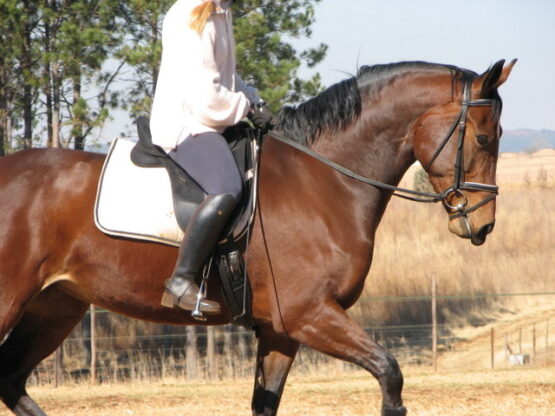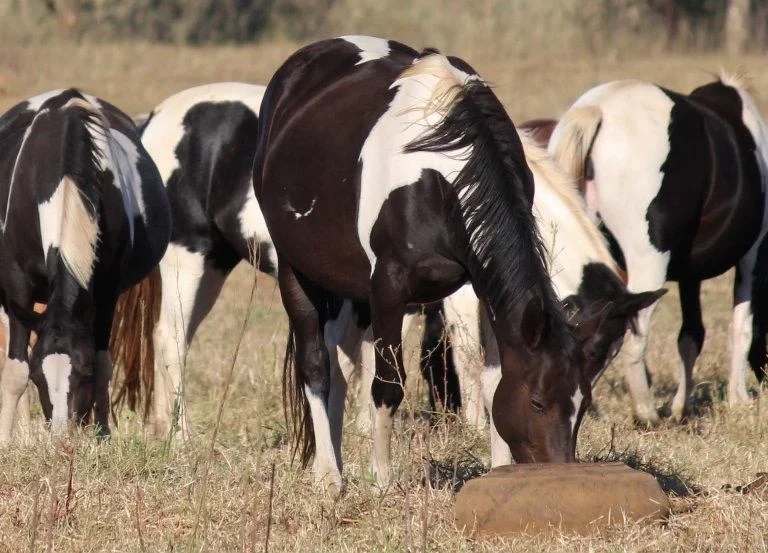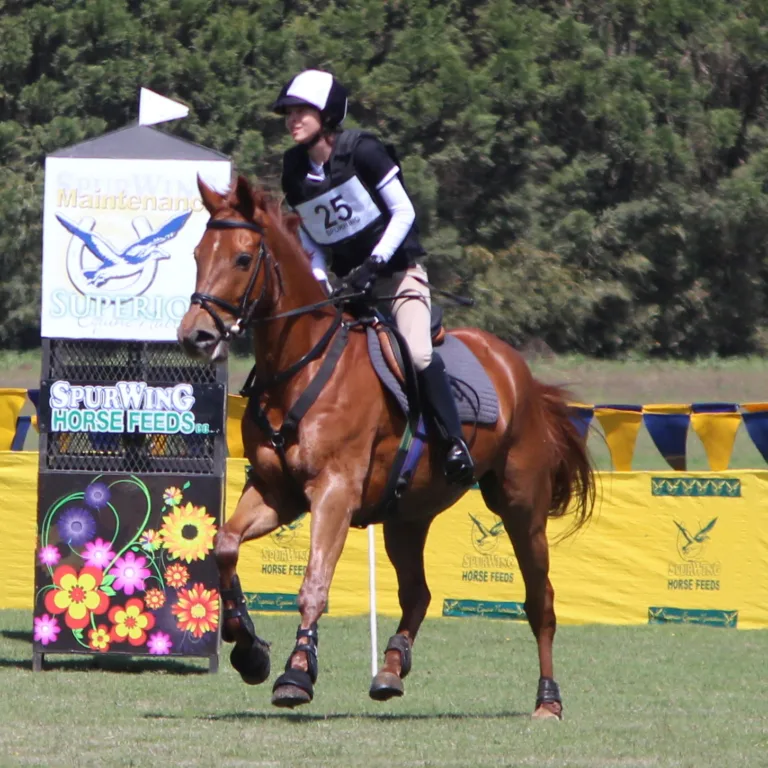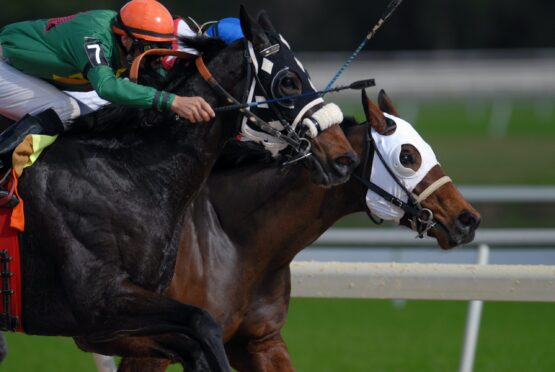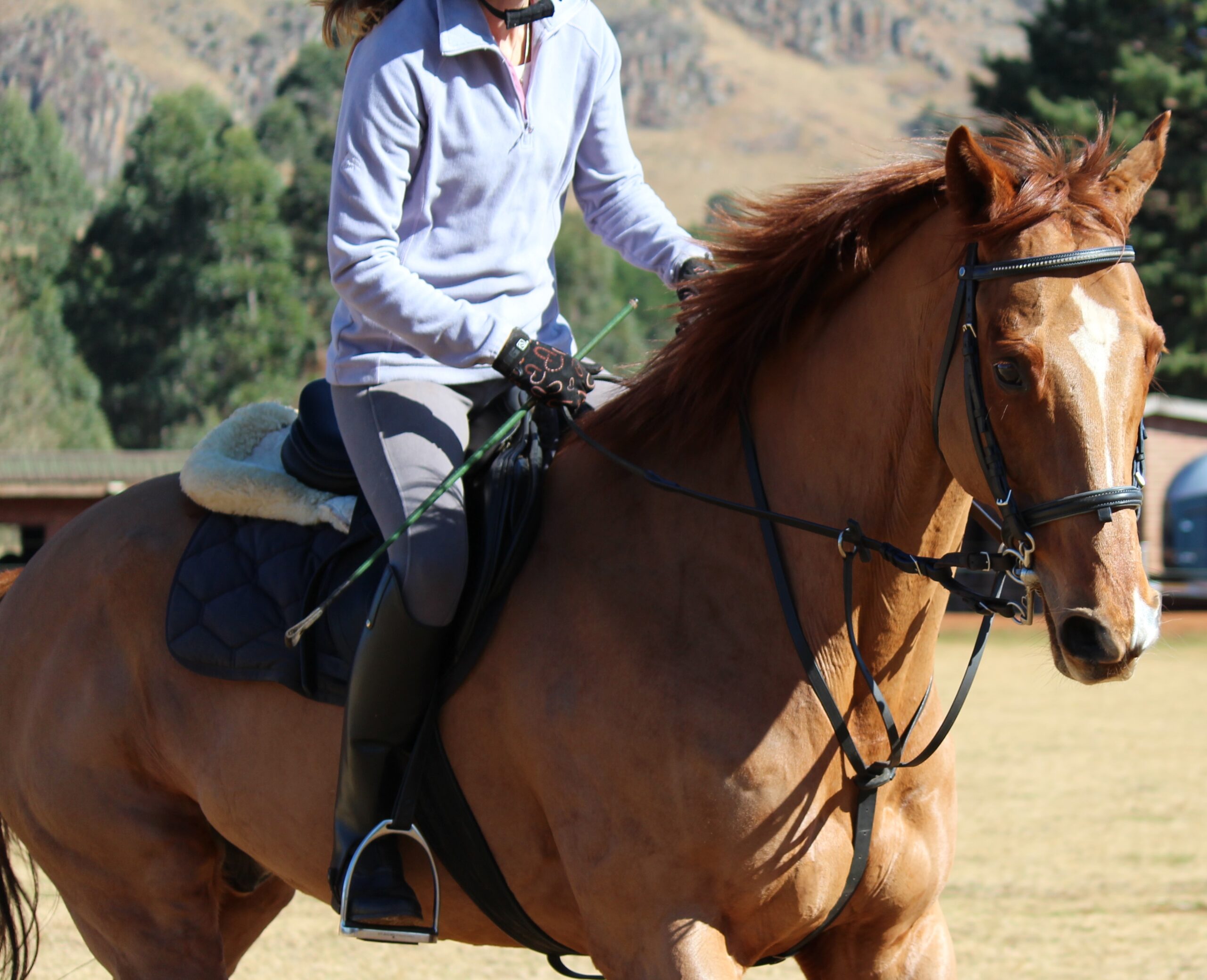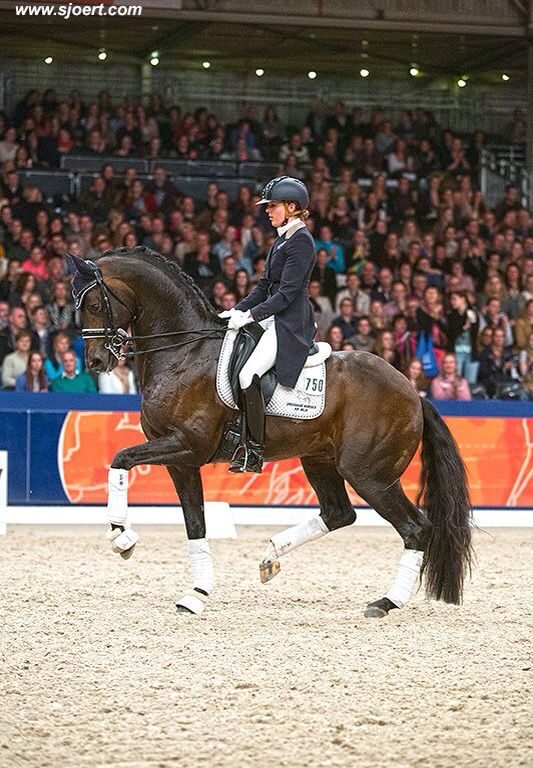From Warm-Up to Cool Down: Developing a Well-Rounded Exercise Schedule for Your Horse
Horses, the magnificent athletes, and companions that we all love, require regular exercise to maintain their physical and mental well-being. It really helps provide this for our beloved equine by planning an exercise schedule specifically designed to suit his individual needs
A well-rounded exercise routine is vital for your horse’s overall health, performance, and longevity. Engaging in appropriate exercise helps your horse build strength, endurance, flexibility, and coordination, while also promoting cardiovascular fitness.
A good exercise plan helps control your horse’s weight, improves circulation, enhances joint mobility, and reduces the risk of certain health issues. By implementing a well-rounded exercise schedule, you, as a horse owner can ensure that your equine partner stays fit, happy, and mentally stimulated. Whether your horse is involved in competitive sports, recreational riding, or simply leading an active lifestyle, a thoughtful and comprehensive routine is essential for your horses overall development and happiness.
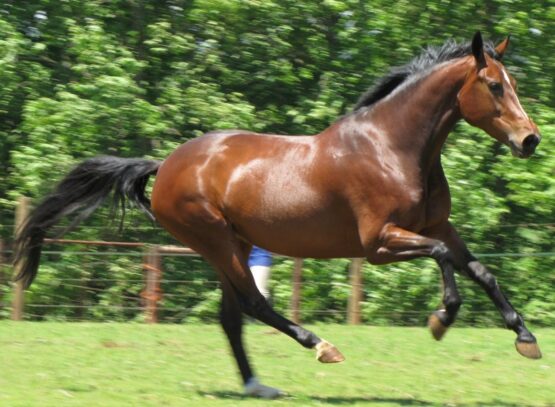
Understanding Your Horse’s Physical Needs
Discussion on horse’s natural behaviors and physical requirements
Before designing a well-rounded exercise schedule for your horse, it is crucial to understand your horse’s natural behaviors and physical requirements. Horses are naturally active animals that roam and graze over vast distances in the wild. Their bodies are designed for constant movement, and they possess remarkable strength, agility, and stamina.
In domestication, horses often have limited opportunities for natural movement. They may spend significant time in stalls or small paddocks, which can restrict their ability to engage in their instinctive behaviors. As a responsible horse owner, it’s your responsibility to provide your horse with adequate exercise that mimics your horse’s natural behaviors.
Your horse requires regular exercise to maintain his physical and mental well-being. Without proper activity, he can become bored, restless, and prone to behavioral issues. Exercise not only keeps his body in good shape but also provides mental stimulation, prevents obesity, and strengthens the bond between you and your horse.
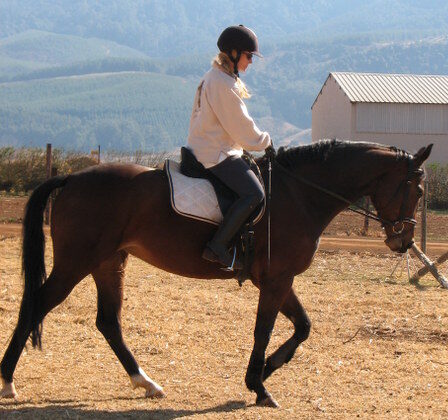
Identifying key areas of focus for a balanced exercise schedule
- Cardiovascular fitness: Just like humans, horses benefit from cardiovascular exercise to strengthen their heart and lungs. Activities that increase your horse’s heart rate and respiration, such as trotting, cantering, or galloping, improve his cardiovascular fitness. These exercises promote blood circulation, enhance oxygen delivery to the muscles, and improve overall stamina. Cardiovascular fitness is particularly important for horses engaged in endurance riding, racing, or any discipline that requires sustained effort over time.
- Muscular strength and endurance: Horses rely on strong muscles to perform a wide range of tasks, from carrying a rider to executing precise movements. Regular exercise that targets muscle strength and endurance is crucial to support the horse’s athletic abilities and prevent injuries. Activities such as hill work, pole exercises, and lunging help develop strong and resilient muscles. These exercises engage your horse’s core, hindquarters, and overall body, promoting balance, power, and coordination.
- Flexibility and suppleness: Flexibility and suppleness are key factors in your horse’s overall well-being and performance. Flexible muscles and joints enable fluid movements, reduce the risk of strain or injury, and improve overall athleticism. Exercises that promote flexibility include bending exercises, lateral movements, and stretching routines. These activities help your horse maintain a natural range of motion, loosen up tense muscles, and develop overall body flexibility. Flexibility and suppleness are particularly important for disciplines like dressage or jumping, where precise movements and agility are required.
Understanding your horse’s natural behaviors and physical needs allows us to identify key areas of focus when designing a balanced exercise schedule. By addressing cardiovascular fitness, muscular strength and endurance, and flexibility and suppleness, we can ensure that our horses receive a well-rounded workout that promotes their overall fitness and supports their natural physical capabilities.
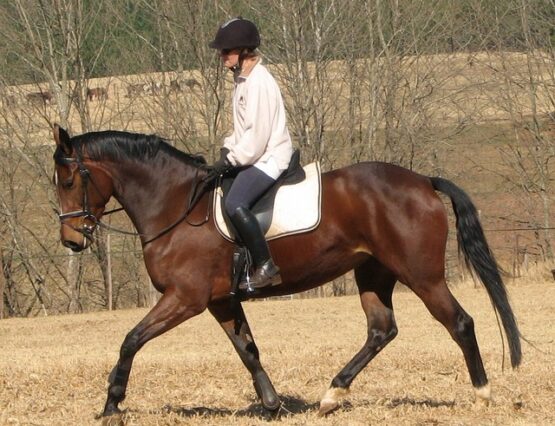
Preparing for Exercise: Warm-Up Routine
Importance of a proper warm-up for horses
Just like humans, your horse will benefit greatly from a proper warm-up before engaging in more intense exercise. A warm-up routine helps prepare your horse’s body for physical activity, gradually increasing blood flow to the muscles, raising body temperature, and loosening up stiff joints. It also mentally prepares your horse for the upcoming exercise, reducing the risk of stress or anxiety. A thorough warm-up routine is essential for preventing injuries, as it allows your horse’s muscles, tendons, and ligaments to adapt to the demands of exercise gradually. It helps reduce the risk of strains, pulls, and other musculoskeletal issues that can occur when the body is not adequately prepared.
Dynamic stretching exercises to prepare the horse’s muscles
Dynamic stretching exercises are an integral part of your horse’s warm-up routine. These exercises involve active movements that gently stretch the muscles and increase their flexibility. Dynamic stretches promote a better range of motion, improve circulation, and enhance muscle coordination. Examples of dynamic stretching exercises for horses include walking or trotting in large circles, leg yields, shoulder-in, and gentle transitions between gaits. These exercises engage the horse’s muscles and joints, encouraging them to warm up, become more pliable, and be ready for the upcoming exercise.
Incorporating light cardiovascular activities to gradually increase heart rate
Along with dynamic stretching, incorporating light cardiovascular activities during your horse’s warm-up phase is beneficial. These activities gradually increase your horse’s heart rate and respiration, preparing his cardiovascular system for the upcoming exercise. Light cardiovascular activities can include walking or trotting on a long rein, gently increasing the intensity and speed over time. These exercises promote blood flow, warm up your horse’s muscles, and mentally transition him into a more active state.
Mental preparation and relaxation techniques
A warm-up routine is not only about physical readiness but also promotes mental preparation. Your horse, like any athlete, can benefit from relaxation techniques to calm his mind and focus his attention before exercise. Taking a few moments for quiet bonding, gentle grooming, or relaxation exercises can help your horse establish a positive mindset and reduce any tension or anxiety. Deep breathing exercises and gentle massaging can also help relax your horse’s muscles and promote a sense of calm. By incorporating mental preparation and relaxation techniques into the warm-up routine, we can create a positive environment for the horse, fostering trust and cooperation between you and your horse.
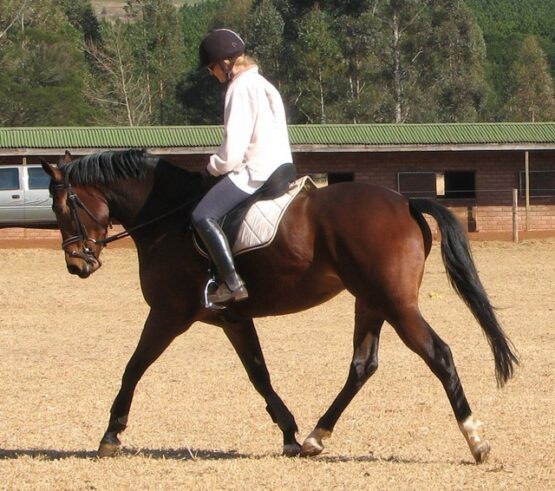
Main Exercise Activities
various exercise options for different goals and disciplines
- Aerobic exercises: trotting, cantering, or galloping. Aerobic exercises are essential for improving cardiovascular fitness and developing endurance in your horse. Depending on your horse’s fitness level and discipline, aerobic exercises can include trotting, cantering, or galloping. These exercises elevate his heart rate, increase respiration, and challenge his stamina. Incorporating interval training, where periods of faster work are alternated with periods of recovery, can further enhance aerobic capacity.
- Strength-building exercises: hill work, pole exercises, and lunging. Strength-building exercises help your horse develop and maintain strong muscles, which are crucial for carrying you as a rider, executing precise movements, and preventing injuries. Hill work, either under saddle or in-hand, challenges your horse’s hindquarters and builds strength and power. Pole exercises, such as trotting over poles or cavaletti, engage your horse’s core muscles and improve coordination. Lunging with the addition of side reins or other equipment can also aid in building strength and developing correct movement patterns.
- Suppleness and flexibility exercises: bending, lateral movements, and stretching. Suppleness and flexibility exercises are vital for maintaining your horse’s range of motion, promoting elasticity in his muscles, and preventing stiffness or tension. Bending exercises, such as serpentines and circles, encourage the horse to flex through his body and engage his lateral muscles. Lateral movements, such as leg yields or shoulder-in, promote increased flexibility and coordination. Incorporating stretching exercises, both during warm-up and cool-down, can further enhance your horse’s flexibility and prevent muscle soreness.
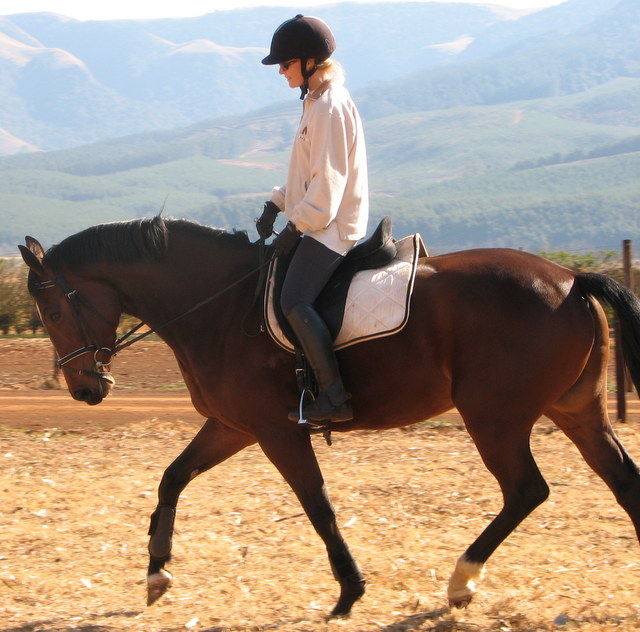
Designing a personalized exercise schedule based on the horse’s needs and capabilities
When designing your horse’s exercise schedule, it is crucial to consider his individual needs, capabilities, and goals. Factors such as his age, fitness level, discipline, and any specific limitations should be taken into account. A personalized exercise schedule ensures that your horse’s physical requirements are met while considering his current abilities and gradually progressing towards desired goals. Consulting with a knowledgeable trainer or equine professional can provide valuable insights and help tailor the exercise schedule to your horse’s specific needs.
Incorporating variety to prevent boredom and mental staleness
Just like humans, your horse can benefit from variety in his exercise routine to prevent boredom and mental staleness. Incorporating a diverse range of exercises, including those mentioned above, helps keep your horse engaged, mentally stimulated, and eager to participate. Changing the location of workouts, incorporating trail rides or hacking, and introducing new training exercises can help maintain your horse’s enthusiasm and prevent them from becoming monotonous or resistant. Variety also challenges different muscle groups, contributing to overall fitness and performance improvement.
By considering the goals, discipline, individual needs, and capabilities of your horse, a well-designed exercise schedule can be created. Incorporating a mix of aerobic exercises, strength-building exercises, and suppleness and flexibility exercises will help address key areas of development and maintain a well-rounded fitness routine. Adding variety ensures mental stimulation, prevents boredom, and keeps your horse motivated throughout his training sessions.
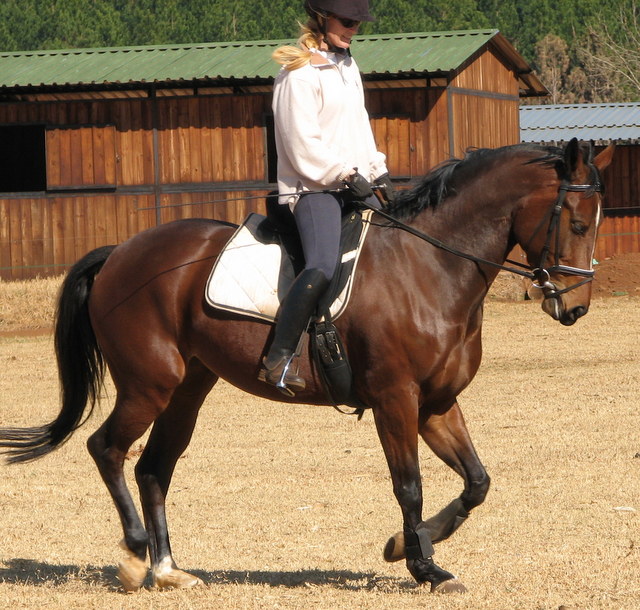
Cool Down and Recovery
Importance of a proper cool-down routine
A proper cool-down routine is crucial to help your horse recover from exercise and prevent muscle soreness, stiffness, and potential injury. Cooling down allows your horse’s heart rate and respiration to gradually return to normal, promoting efficient circulation and reducing the risk of post-exercise complications. It also helps remove metabolic waste products, such as lactic acid, from the muscles.
Gradually decreasing intensity and returning to a relaxed state
During the cool-down phase, it’s important to gradually decrease the intensity of exercise, allowing your horse’s body to transition from a state of exertion to a relaxed state. This can be achieved by progressively reducing the speed and level of activity. For example, transitioning from cantering to trotting, then to walking. The gradual reduction in intensity allows your horse’s heart rate and respiration to gradually slow down, preventing abrupt changes that could potentially strain the cardiovascular system. It also helps prevent muscle stiffness and allows your horse’s body temperature to regulate naturally.
Stretching exercises to promote flexibility and prevent muscle soreness
Stretching exercises during the cool-down phase promotes flexibility, preventing muscle soreness, and maintaining overall suppleness. Gentle stretching exercises, such as carrot stretches or controlled leg stretches, can be incorporated to encourage the elongation and relaxation of muscles. Stretching exercises help improve joint range of motion, relieve tension, and aid in muscle recovery. It’s important to perform stretches gently and within your horse’s comfort level to avoid strain or injury.
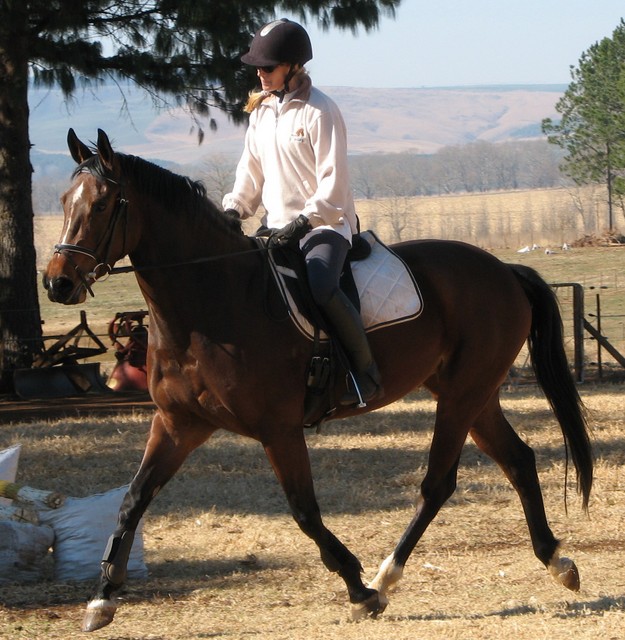
Post-exercise care and recovery strategies
- Cooling down the horse’s body temperature After exercise, it’s essential to help your horse cool down and regulate his body temperature. This can be achieved by removing any equipment that may hinder heat dissipation, such as blankets or saddles, and ensuring your horse has access to shade and fresh water. If weather conditions are warm, lightly hosing your horse’s body with cool water can aid in lowering his body temperature. It’s important to start with your horse’s legs and gradually move upward to prevent chilling.
- Providing proper hydration and nutrition Proper hydration and nutrition are vital for post-exercise recovery. After exercise, ensure your horse has access to clean, fresh water to replenish fluids lost through sweating. Electrolyte supplementation, under veterinary guidance, may be necessary if your horse is engaged in an intense or prolonged exercise to restore mineral balance. Additionally, providing appropriate post-exercise nutrition, such as high-quality forage and balanced feed, helps replenish energy stores and support muscle repair.
- Monitoring for any signs of strain or injury It is important to closely monitor your horse for any signs of strain, injury, or discomfort after exercise. This includes observing his gait, checking for any swelling or heat in his limbs, and palpating for any areas of tenderness or muscle tightness. If any abnormalities or concerns are noticed, it’s advisable to consult with a veterinarian or equine professional for further evaluation and guidance.
By incorporating a proper cool-down routine that gradually decreases intensity, includes stretching exercises, and emphasizes post-exercise care and recovery strategies, you can help your equine partner recover effectively from exercise. This promotes muscle relaxation, reduces the risk of soreness or injury, and ensures your horse’s well-being and long-term soundness.
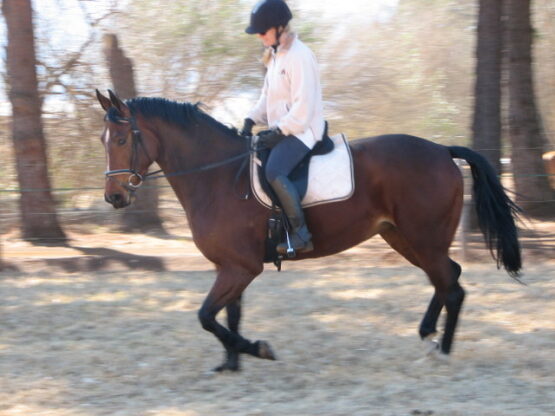
Monitoring and Adjusting the Exercise Schedule
Regular assessment of the horse’s progress and response to the routine
It is crucial to regularly assess your horse’s progress and closely monitor his response to the exercise routine. By observing changes in his physical condition, performance, and behavior, you can gain valuable insights into the effectiveness of the current exercise schedule. Regular assessments may include evaluating your horse’s overall fitness level, body condition, and muscle tone. Additionally, being aware of his energy levels, willingness to work, and any signs of discomfort or lameness can provide important indicators of how well the current routine is meeting his needs.
Making necessary adjustments based on the horse’s fitness level and goals
As your horse progresses in his training or experiences changes in his fitness level, it becomes important to make adjustments to his exercise schedule. Whether the goal is to increase endurance, build strength, or improve performance in a specific discipline, tailoring the routine to meet these objectives is essential. Adjustments may involve increasing the duration, intensity, or frequency of certain exercises. For example, gradually increasing the length of canter sessions or introducing more challenging movements for advanced training. Conversely, if your horse is struggling or showing signs of fatigue, it may be necessary to decrease the workload or incorporate more rest days into the schedule.
Seeking guidance from equine professionals or trainers, if needed
Seeking guidance from equine professionals or experienced trainers can provide valuable expertise and assistance in monitoring and adjusting your horse’s exercise schedule. These professionals have the knowledge and experience to recognize subtle signs of progress or potential issues that may not be evident to an inexperienced eye or from your horse’s back. Equine professionals can offer insights into appropriate exercise modifications, suggest specific exercises or training techniques based on your horse’s goals, and provide guidance on monitoring your horse’s overall well-being and soundness. Regular communication and consultations with equine professionals or trainers can help ensure that the exercise routine remains effective, safe, and aligned with your horse’s individual needs and goals.
By regularly assessing your horse’s progress, making necessary adjustments based on his fitness level and goals, and seeking guidance from equine professionals or trainers when needed, you can optimize the exercise schedule to meet your horse’s specific needs. This monitoring and adjustment process allows for ongoing improvement, ensures your horse’s well-being, and supports his continued growth and development.
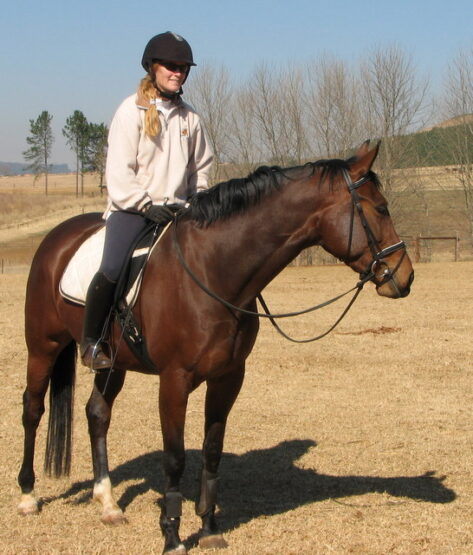
Conclusion
The importance of a well-rounded exercise schedule for horses
A well-rounded exercise schedule is of utmost importance for the overall health, fitness, and well-being of your horse. By engaging in regular exercise that encompasses cardiovascular fitness, muscular strength and endurance, and flexibility and suppleness, your horse can develop and maintain their physical abilities, reduce the risk of injuries, and enhance his performance in various disciplines.
Why create a personalized routine for optimal fitness and well-being?
Creating a personalized exercise routine that suits the specific needs and capabilities of the horse is very important. Taking into consideration his age, fitness level, discipline, and goals, designing a routine that addresses key areas of development will make for a happier horse. By tailoring the routine to your horse’s individual requirements, you can ensure that his exercise regimen is effective, safe, and enjoyable.
Maintaining consistency and enjoyment in the horse’s exercise routine
Consistency is key when it comes to maintaining an exercise routine for your horse. By establishing a regular schedule and sticking to it, you will create a sense of routine and predictability that benefits your horse’s mental and physical well-being. Regular monitoring, assessments, and adjustments allow you to track progress and make necessary changes to optimize the routine. It is also very important to prioritize enjoyment in your horse’s exercise routine.
Incorporating variety, such as different exercises, locations, or training techniques, can keep the horse engaged, mentally stimulated, and eager to participate. Building a positive relationship with your horse through trust, patience, and positive reinforcement further enhances his happiness and willingness to work. Remember to always prioritize his comfort and safety throughout the exercise routine, seeking guidance from equine professionals or trainers when needed. By maintaining a well-rounded, personalized routine that promotes physical fitness, mental well-being, and a positive partnership, we can support your horse in reaching his full potential.
In conclusion, a well-rounded exercise schedule tailored to your horse’s needs and goals is essential for his overall fitness, well-being, and performance. By emphasizing the importance of individualization, consistency, and enjoyment in the routine, you can ensure that your horse receives optimal care and support throughout his training and exercise journeys.
FAQ
Further reading
How to form a fitness plan for your horse
Fitness Plans for your horse | 12-week Fitness Guide
A Fitness Plan for Your Horse When prepping for an all-day trek, ride your horse three times a week approximately four to six weeks out to build up his conditioning. If you are already trail …

